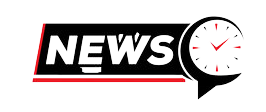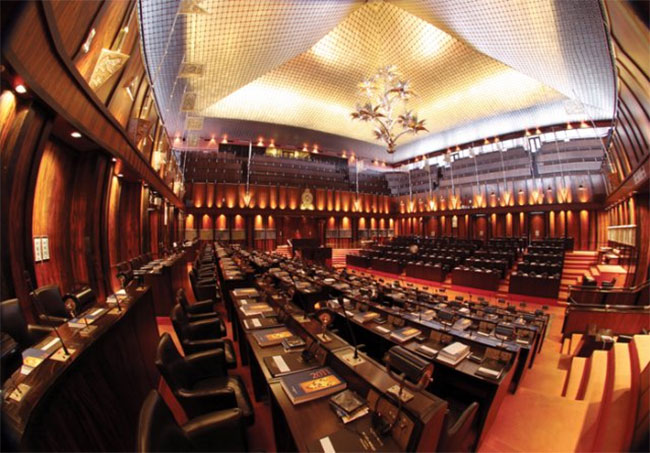U.S. Federal Reserve Chair Jerome Powell walks away at the end of a press conference, following the issuance of the Federal Open Market Committee’s statement on interest rate policy, in Washington, D.C., U.S., Sept. 17, 2025.
Elizabeth Frantz | Reuters
The Federal Reserve on Wednesday delivered on a widely anticipated quarter percentage point interest rate cut that will take its benchmark down to a target range of 4%-4.25%, its lowest in nearly three years. In addition, the central bank’s Federal Open Market Committee provided signals of what’s down the road.
Here are five key takeaways from the meeting along with Chair Jerome Powell’s news conference:
- While the rate reduction was no surprise, there was plenty of intrigue over what the “dot plot” of individual members’ expectations would show for the future. The upshot: Two more cuts this year, another in 2026 and one more in 2027, all of which would take the funds rate down to around 3%, which the median forecast of the committee sees as “neutral.”
- Markets weren’t sure what to make of it all. An initial rally on the Dow Jones Industrial Average lost a little steam but the blue-chip index still closed up 260 points. However, the S&P 500 and Nasdaq both posted losses. In the Treasury market, yields were lower on the short end but higher for longer maturities, a potential problem for the Fed as it tries to avoid stagflation.
- At least some of the confusion may have come from Powell characterizing the rate move as a “risk management” cut. On top of that, while the FOMC indicated a rapid pace of cutting this year, with moves at the two remaining meetings in October and December, it anticipates just one reduction in each of the next two years and no cuts in 2028. The mix between dovishness and hawkishness left markets queasy.
- The meeting began with a strong whiff of politics as new Governor Stephen Miran attended his first meeting after being sworn in Tuesday. However, Powell gave little indication of tension in the air. “The only way for any voter to really move things around is to be incredibly persuasive, and the only way to do that in the context in which we work is to make really strong arguments based on the data and understanding of the economy. That’s really all that matters, and that’s how it’s going to work,” the chair said.
- While Miran was the only member to cast a vote against the cut, in favor of a larger half-point move, the dot plot showed a wide disparity among officials’ views, underscoring a challenging policy path ahead. Those wanting just one more cut this year lost narrowly, by a 10-9 margin, against those looking for two. Future years also showed a wide distribution of potential outcomes.
What they’re saying:
“Maybe they circled the wagons a little bit saying, ‘You know, this new guy Miran’s coming in, it’s obvious what his agenda is. Let’s pull together here and make sure he knows what we’re about and we’re all about the same thing.'” — Dan North, senior economist, Allianz Trade North America, on there only being one dissent, following expectations from some quarters that there would be multiple “no” votes
“We think that over the next few years the Fed’s primary challenge with their dual mandate of full employment and price stability will in fact be full employment. Again, we are witnessing an economy that is operating well today, companies that are operating very well, but the hiring environment for people is becoming considerably less healthy, and thus, we think this will be the new challenge for the Fed to help solve in the coming months, quarters and years.” — Rick Rieder, chief investment officer of global fixed income at BlackRock and potential successor to Jerome Powell as Fed chair
“Given the coming changes to Federal Reserve personnel next year, we urge all to take this forecast with more than a grain of salt and would strongly suggest that the Federal Reserve is moving in a direction where it will tolerate inflation well above target.” —Joseph Brusuelas, chief economist at RSM













